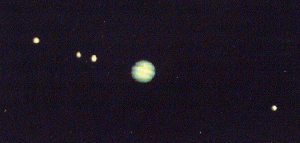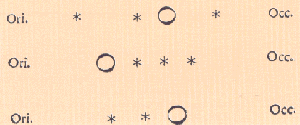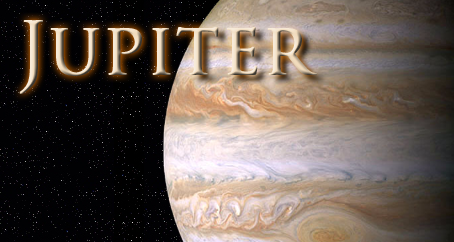Jupiter's Galilean Moons

The Sun is a star with eight planets orbiting it. But, Jupiter also seems to have its very own system with at least 79 very different moons orbiting it. Most of these moons are very small and are probably asteroids caught by Jupiter's strong gravitational pull to remain in orbit around the planet. This is similar to what is believed happened to Mars' moons, Phobos and Deimos. However, the four largest moons, Io, Europa, Ganymede and Callisto are like little worlds, each different from each other. They are not the rocky, dead worlds like Earth's Moon and planets like Mercury. In fact, they were perhaps one of the surprise findings during the Voyager mission launched in 1977 to explore the four Gas Giants (Jupiter, Saturn, Uranus and Neptune).

These four moons (Io, Europa, Ganymede and Callisto) were discovered by Italian astronomer Galileo Galilei about four hundred years ago in 1610 when he noticed four points of light around Jupiter, believing them to be stars but later realising that they were moons. Above is a sketch drawn by Galileo of the positions of three of the large moons when be believed them to be stars (Galileo discovered the fourth moon at a later date). They are known as the Galilean satellites. They were recently visited by the Galileo space craft which sent back data and images about them. Io, the closest large moon to Jupiter orbits the planet at a distance of 421,600 kilometres. Europa is 670,900 kilometres away, Ganymede is 1,070,000 kilometres away and Callisto is 1,880,000. After these moons, the next nearest moon is Leda, only 10 kilometres wide but 10,000,000 kilometres away from Jupiter, almost ten times further away than Callisto!
Select from the list of Jupiter's Galilean moons below to visit them
